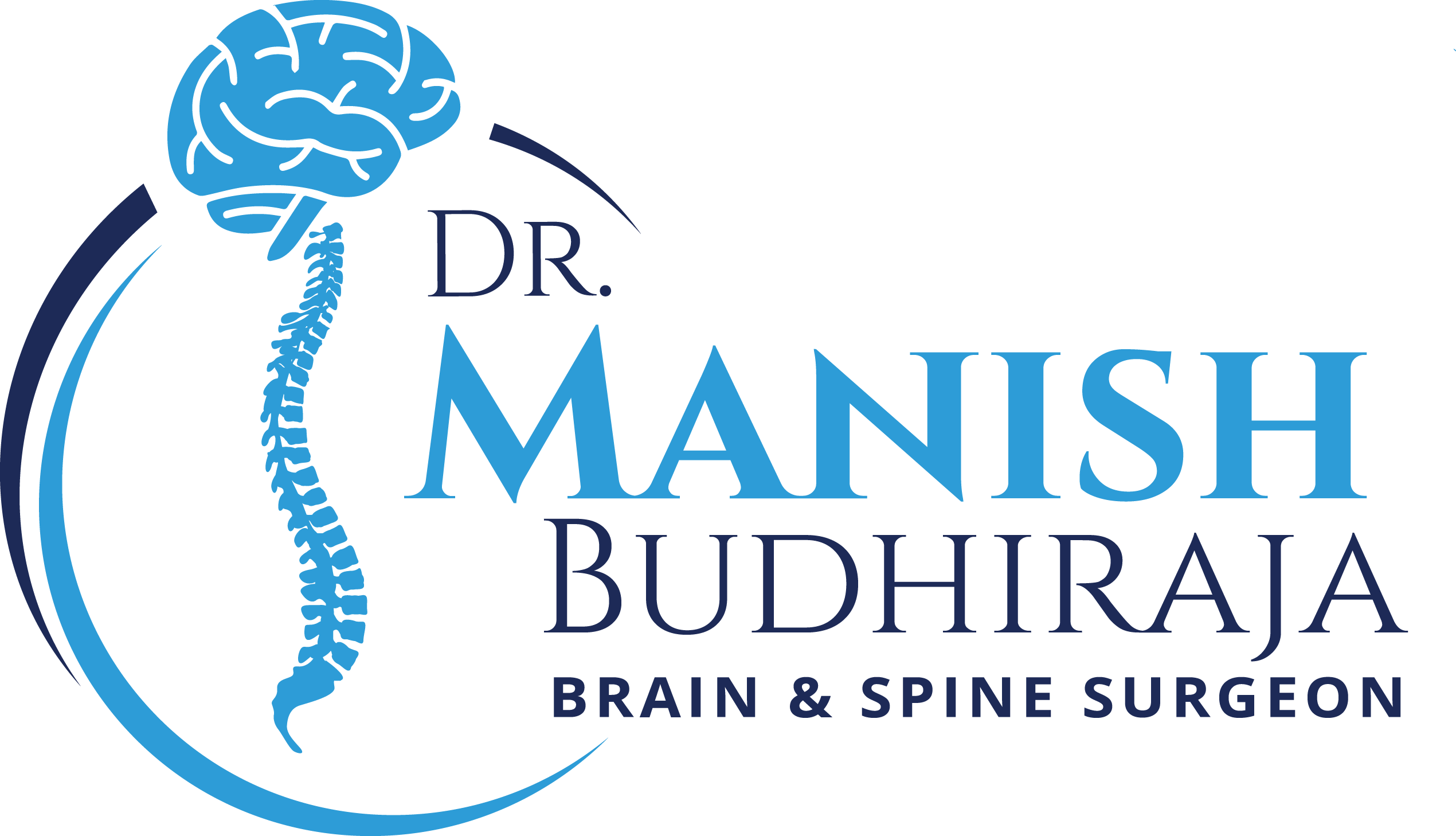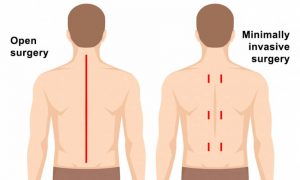Read What You Want
Head injuries are one of the major causes of disability and death. The injury can be as minor as a bump, bruise, or cut on the head, or as serious as concussion, a deep cut, open wound, fractured skull bones, internal bleeding, and brain damage.
A head injury is a general term that encompasses a wide range of injuries that occur to the scalp, skull, brain, underlying tissue, and blood vessels in the head. Depending on the severity of the head trauma, head injuries are also referred to as brain injury or traumatic brain injury (TBI).
What causes a head injury?
Head injuries can occur for a variety of reasons in both children and adults. Motor vehicle accidents (automobiles, motorbikes, or being struck as a pedestrian), violence, falls, and child abuse are the most common causes of traumatic injuries. Subdural hematomas and brain haemorrhages (also known as intraparenchymal haemorrhages) can occur spontaneously.
Long term consequences
When you have a significant head injury, your brain begins to repair the tissue and other internal damage right away. One-third of patients recover favourably within the first six months, and their brain and body eventually return to close-to-normal functioning.
However, some areas of the brain cannot be restored or can only deteriorate over time, resulting in long-term or lifetime damage. This can lead to consequences that appear soon after an injury and linger for months or years; in certain cases, this may even explain why signs of a brain injury do not appear for months or years. We must also consider the enormous social and emotional expenses that head injury patients face in the years after their injury.
Some of the symptoms patients face after years of injury are given below:
1. Migraines and headaches
Headaches are a common symptom soon after an injury, but studies suggest that they also tend to develop and worsen with time. Surprisingly, even for people who appear to have made a “complete” recovery, head pain might persist. Approx 93 per cent of those people still had residual headache disabilities.
2. Participation in activities has decreased.
Only 40% of patients who have experienced severe trauma report being able to engage in leisure and recreational activities prior to the injury. Social isolation has been associated with the persistence of physical symptoms and other reduced functioning, which contributes to survivors’ lower quality of life.
3. Visual impairments
Serious head traumas can have a particularly negative influence on the eyes.
4. Fatigue
The more serious the brain injury, the more probable a person would have worsening physical and mental fatigue. Its ongoing presence can cause emotional symptoms and insomnia, as well as have a detrimental impact on work status one year after the injury.
5. Degenerative disorders of the brain
As we’ve already mentioned, moderate or severe head injury causes more damage to the brain. This can increase the risk for long-term neurodegenerative diseases, such as dementia and Alzheimer’s disease. Clinical trials, on the other hand, have been mixed in terms of how likely it is for patients. Experts generally believe that people with the most severe injuries, as well as those who have had multiple head injuries, are at the greatest risk.
Lifelong considerations for a person with a head injury
Persons who suffer a severe brain injury may lose muscle strength, fine motor skills, speech, vision, hearing, or taste function, depending on the brain region involved and the severity of brain damage. Long- or short-term changes in personality or behaviour may also occur. These persons require long-term medical and rehabilitative (physical, occupational, or speech therapy) management.
The extent to which a person recovers is determined by the type of brain injury and any other medical issues that may exist. It’s critical to concentrate on optimizing a person’s abilities both at home and in the community. Positive reinforcement will motivate the patient to improve his or her self-esteem and independence.






